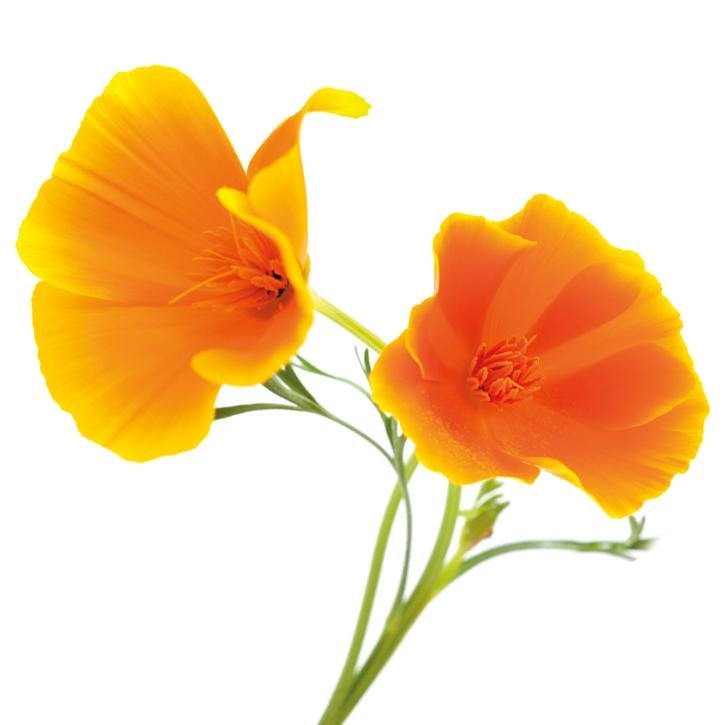Annual herbaceous plant between 30 and 60 cm high. Native to California (United States) and Baja California (Mexico). It is cultivated for ornamental purposes around the world due to its great attractiveness. It is traditionally used for its sedative properties.
Furthermore, it has erect stems of bluish-green color and pinnatifid leaves with pointed apex. Its flowers are solitary, axillary, with yellow or orange petals and sepals welded, making a hood-shape. The fruit is an oblong capsule with many small, globular seeds.
Flowering aerial tops.
Monografía de la SEFIT (Sociedad Española de Fitoterapia).
Manual de Fitoterapia. Encarna Castillo García e Isabel Martínez Solís. 2ª edición Elsevier.
Gafner, S et al. Alkaloids from Eschscholzia californica and their capacity to inhibit binding of [3H]8- Hydroxy-2-(di-N-propylamino)tetralin to 5-HT1A receptors in Vitro. J Nat Prod. 2006;69(3):432-435. 17.
Rolland, A et al. Neurophysiological Effects of an Extract of Eschscholzia californica Cham. (Papaveraceae). Phytother. Res. 15, 377–381 (2001).
Kleber E.,Schneider W., Schäfer HL., Elstner EF.Modulation of key reactions of the catecholamine metabolism by extracts from Eschscholtzia californica and Corydalis cava. Arzneimittel-forschung, 01 Feb 1995, 45(2):127-131
